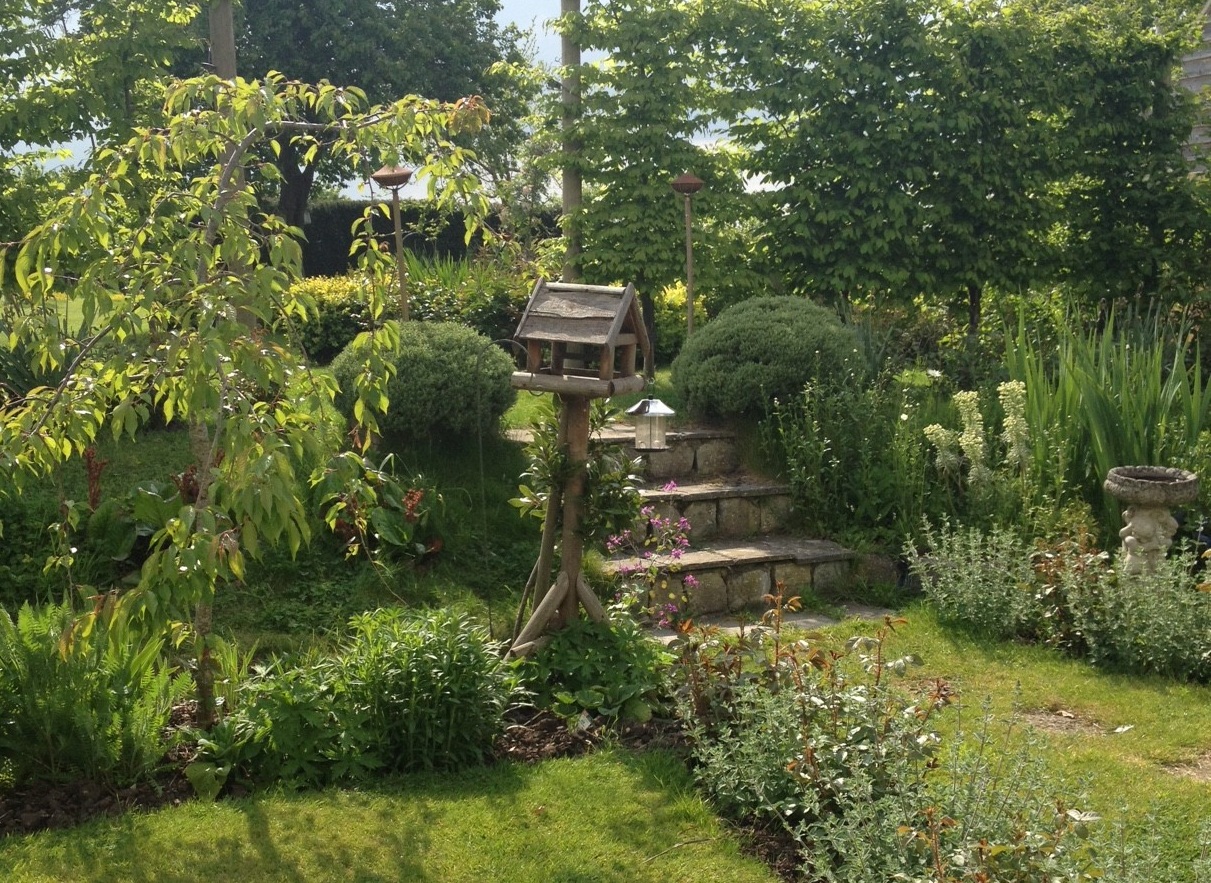Helping Wildlife in our Gardens
By Natasha Shirley
(photos Natasha Shirley and Sue Ashton)
If you would like help to create a wildlife garden or make your garden more wildlife friendly, do be in touch via our contact form.
For advice on what trees and shrubs are best for wildlife, please click this link to our blog: http://northcurrywildlife.blogspot.com/2018/11/plant-tree-for-wildlife.html
Habitat loss
Our gardens are increasingly important for wildlife because of the loss of natural habitat as a result of intensive agricultural practices and urban spread. During the Second World War, Britain was under pressure to produce enough food to feed itself. The government launched its ‘Dig for Victory’ campaign, encouraging everybody to cultivate the land they owned, however small. Farmers needed to maximise food production, so hedges were ripped out and marshes drained. Between 1939 and 1945, the area of land used for food production rose by 80 per cent.
DDT became widely used as an insecticide, and it was another 20 years before its harmful impact was acknowledged. The loss of hedgerows, clover leys, woodland glades, hay meadows and marshland, together with the intensive use of pesticides, changes in grazing techniques and a practice of monoculture crop production, began to push our wildlife into rapid decline and, in some cases, extinction.
Gardening organically and informally
As gardeners, many of us aim to be neat and tidy, weed and bug free. Our lack of time is a compelling reason for keeping a low-maintenance garden or even astro-turf lawns and concrete driveways. The desire for an algae-free path and the perfect rose tempts us to buy powerful chemicals that are harmful to birds, bees and butterflies. A quick zap gets rid of the problem in an instant – but at what cost? We are intolerant of holes in our hosta leaves, so we put down slug pellets and then ask why we no longer see the Song Thrush.
As gardeners, we could relax a little and restore the equilibrium in our gardens where natural predators such as birds, ladybirds and frogs will take care of the slugs and greenfly for us. We need to realise we can still have beautiful gardens that are all the more enriched by the full spectrum of creatures that we share them with.

Try to garden organically and encourage beneficial insects such as ladybirds, lacewings, hover flies and parasitic wasps. Never use herbicides (weed killers), insecticides, fungicides or other chemicals such as harsh cleaning products. Combat greenfly on your roses with a Fairy Liquid mix of soap suds in water spray. Products such as Rose Clear kill every insect they come into contact with, whether beneficial or not. At the very least, please wait until the evening when the bees have gone to roost. To combat fungal disease, mix a solution of 2 tablespoons of baking soda to 5 litres of water and apply. If you suffer from a powdery mildew problem, try a solution of equal parts milk and water.
Instead of slug pellets, try to use nematodes (these can be bought online for specific purposes), beer traps, spent coffee granules, crushed eggshells or copper barriers. Roaming chickens are very effective in clearing the slugs and grubs! Your resident garden birds and amphibians also find your slugs and snails an irresistible treat so they will do the work for you when the natural equilibrium is re-established in your garden. Slug pellets also poison the animals that eat the dead slugs.

Instead of commercial fertilisers, build your plants’ health by feeding them with organic feeds, such as seaweed liquid, comfrey and nettle leaf soups. Build a healthy soil and top dress with forest bark, sterilised bone meal, garden compost or manure. Well-fed plants are less likely to fall victim to pests and diseases.
Prepare to share your garden with all forms of wildlife great and small – even weeds! A weed is merely a plant in the ‘wrong’ place. We regard many of our wild flowers and grasses as weeds, such as couch, dandelions, willow-herb, docks, stinging nettles, ivy or daisies, but these are also valuable food plants for bees and butterflies. Try to leave part of your garden completely wild or perhaps leave a couple of square metres to plant with mixed grass seed or wild flowers, especially chosen for butterflies and bees.
Encouraging wildlife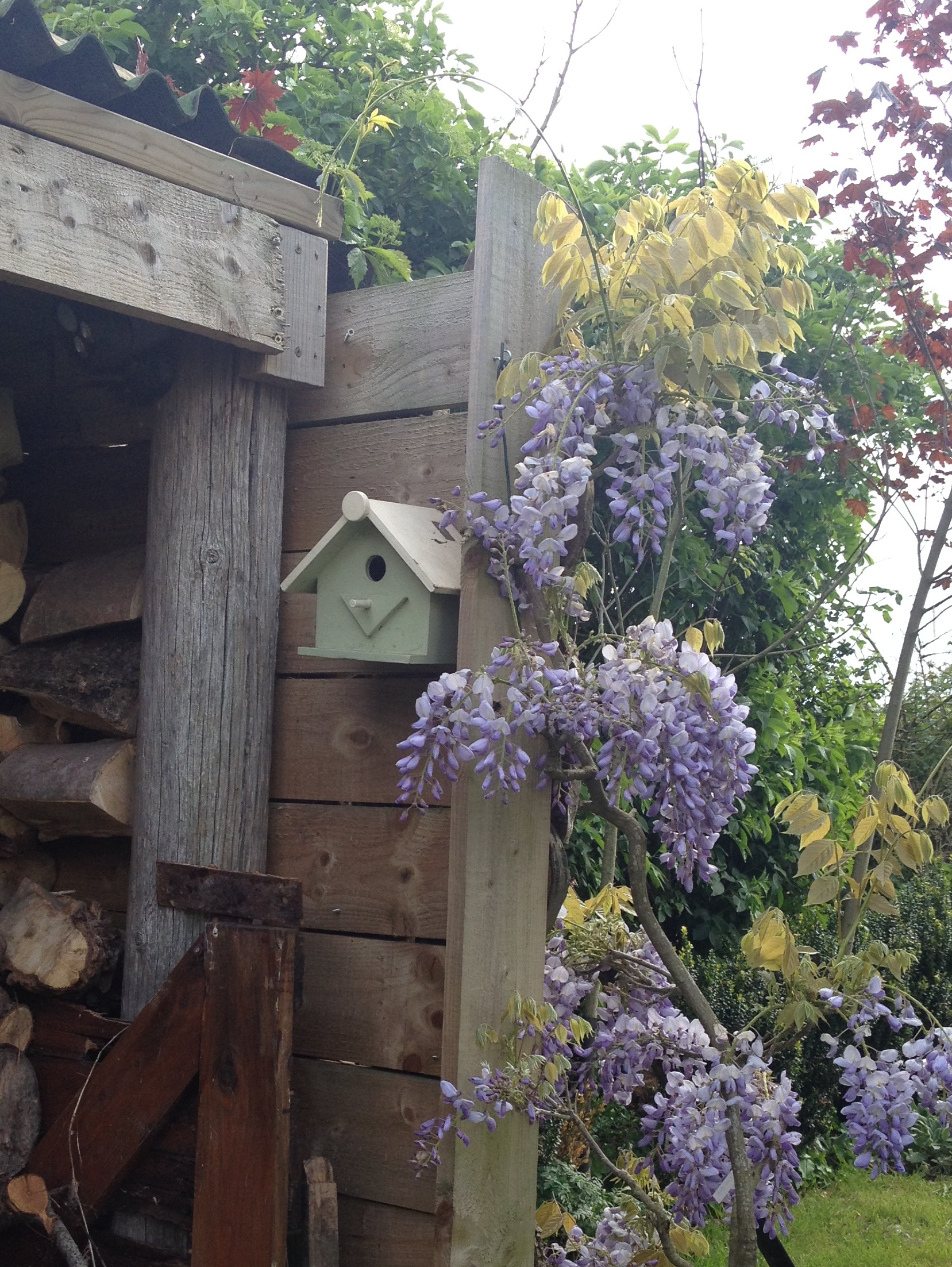
Try to encourage wildlife by enhancing the garden habitat with hibernation aids such as bug hotels, bird boxes or bat boxes. Keep a dedicated log pile that acts as shelter for small birds, mammals and overwintering insects. A dry stone wall is another great way of providing nooks and crannies for hibernating insects.
Consider planting a native hedge or tree bearing fruit or berries for the birds in winter. Leave piles of leaf litter around for the hedgehog to forage for beetles. Keep an area of garden wild and try to resist cutting the grass as frequently to avoid breaking the breeding cycles of the insects you have attracted.
Providing water
Ponds are wonderful for terrestrial wildlife. They are hotspots of biodiversity and collectively support more species in the UK than any other freshwater habitat. They provide drinking water in dry weather and are a good supply of insect and plant food. They are especially beneficial in areas where wildlife is struggling. They are a refuge for birds, mammals, amphibians and flying insects and a home for invertebrates such as pond skaters, water beetles and snails. They are a breeding place for insects such as dragonflies and damselflies and a delight for us to watch. If you cannot provide a pond, then any water in the garden is beneficial, however small. A bird bath or even a sunken washing up bowl or dustbin lid can provide a welcome drink for our wildlife.
Specific species
Hedgehogs
Hedgehogs are declining alarmingly in number from over 30 million in the British Isles in the 1950s to around 1 million today. What can we do in our gardens to help them?
Provide food: Look out for undersized hedgehogs in spring and put some food out for them. After 6 months in hibernation, they will have lost a lot of weight. In a dry spell, there may be a lack of beetles, bugs and worms, and an underweight hedgehog will starve. Hedgehogs can be fed with dog or cat food, unsalted chopped peanuts, sunflower hearts or small amounts of meal worms. Place a saucer of water out for them too.
Provide shelter: Use a hedgehog house to provide shelter and a safe feeding station. You can buy them or make your own, but allow a 4–5 inch entry hole.
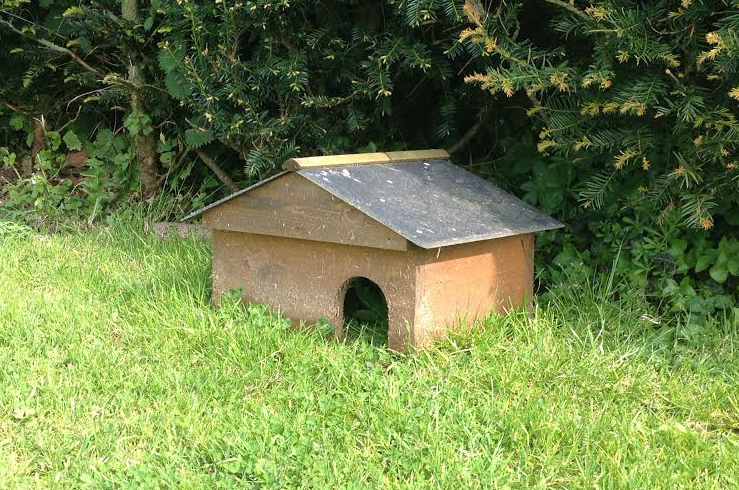
Provide freedom: Even if you have never seen a hedgehog in your garden, there is still a chance you may have one as they are shy creatures. Talk to your neighbours and their neighbours and see if you can agree between you to make a 4–5 inch square hole at the base of your adjoining fences. This will allow hedgehogs to roam wider distances to seek a mate and food.
Birds
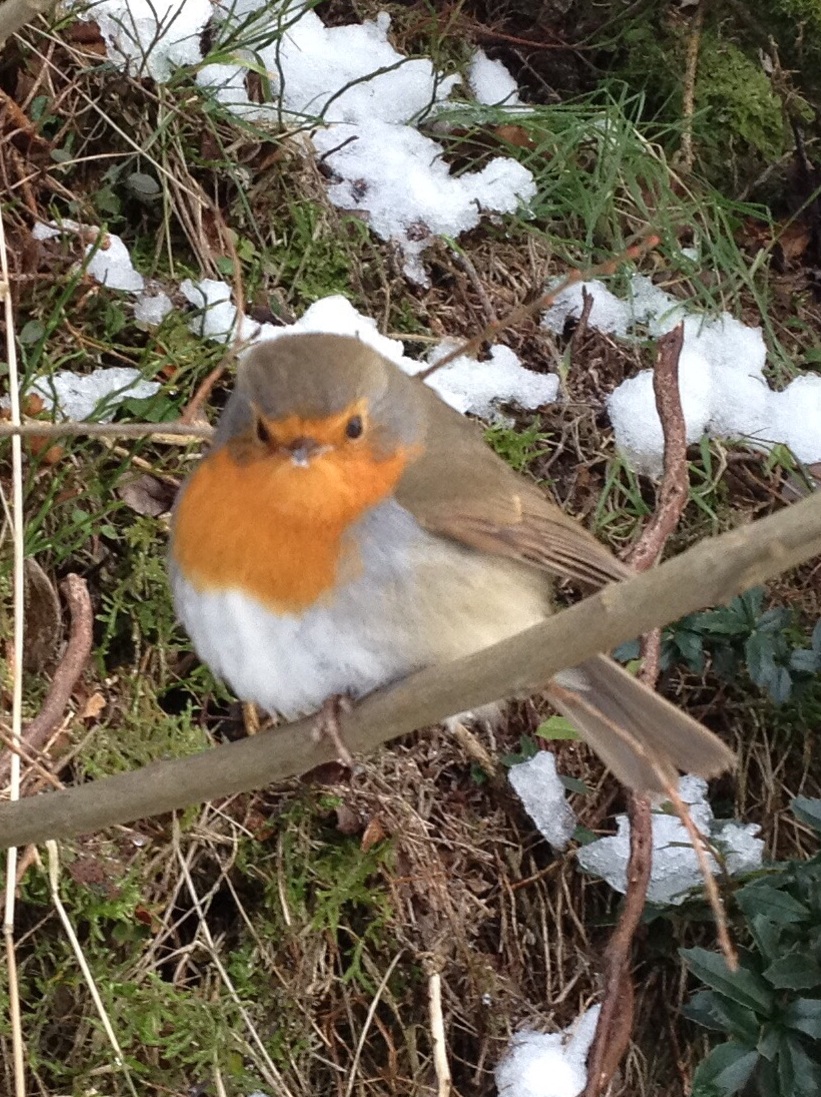
Birds enrich our gardens, both with their habits and their song, and benefit the gardener by eating enormous numbers of greenfly, grubs and other garden pests.
How can we help attract birds into our gardens?
Provide food: Feed birds from October to April, but don’t give desiccated coconut, raw rice or bread as these products cause digestive problems. Never feed peanuts after 23 March as they are fatal to baby Blue Tits.
Leave seed heads on perennials over winter for birds to feed on and insects to hibernate amongst.
Give water all year. If you have enough space, leave an area of long grass as it provides a habitat for mice and voles to live in and allows owls and other birds of prey to hunt.
Provide shelter: Put up bird nesting boxes.
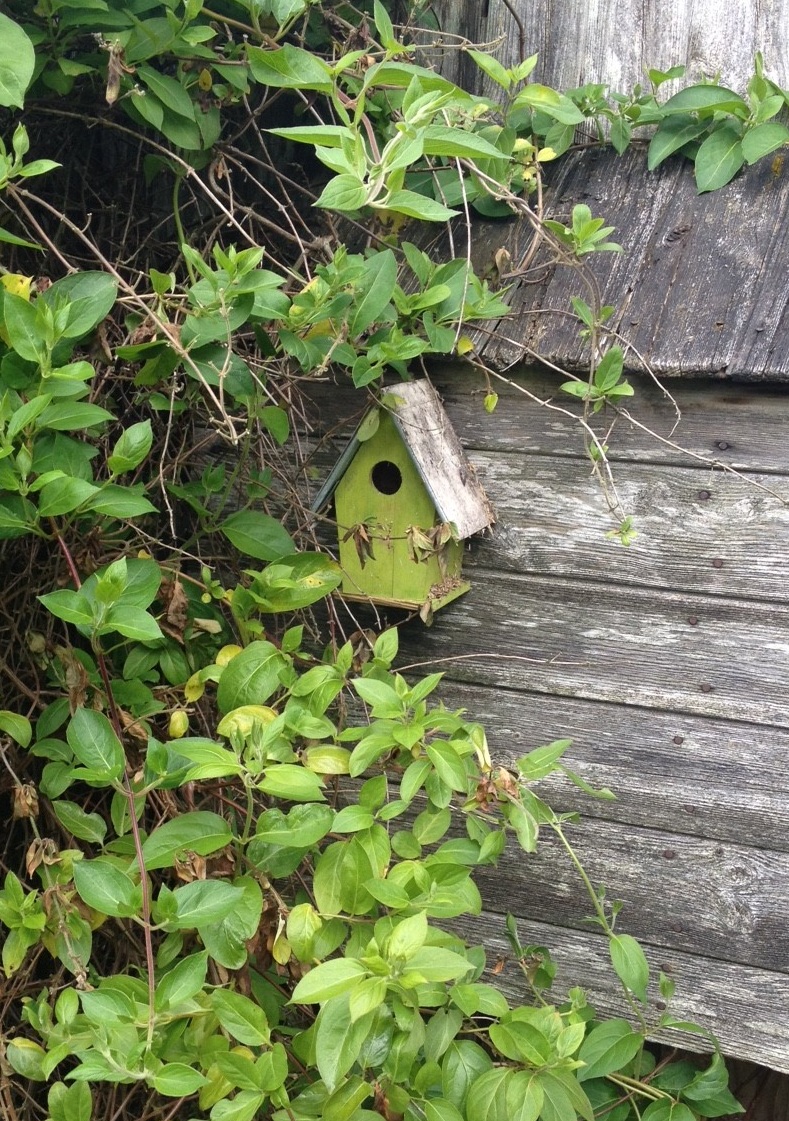
Butterflies
Our native butterflies are in serious decline. While some species need specific habitats to flourish, there are many that come into our gardens where we can provide not only nectar for the adult butterflies but also food plants for their caterpillars. No garden is too small to make a difference.
Plant nectar food plants: Butterflies are attracted to flowers by the scent of their nectar and by their colour. Try to plant garden flowers en masse in a single colour: swathes of purple and yellow seem to be more attractive to visiting butterflies than a lot of single, multi-coloured plants dotted around.
Buddleias, verbena (especially the tall Verbena bonariensis), lavender, perennial wallflowers (particularly Bowles mauve), aster, stocks, Michaelmas daisy and sedum are some of their favourites.
If you have a large garden, think about creating a buddleia hedge: plant each shrub 4 ft apart and prune in March. There are many types of buddleia, so try planting different varieties. There are even dwarf types (e.g. Buddleia Buzz) which can be planted in tubs on the patio.
You should be pleasantly surprised by the number of butterflies you attract. More informal, native plants that butterflies appreciate for their nectar are knapweed, thistles, scabious and honesty.
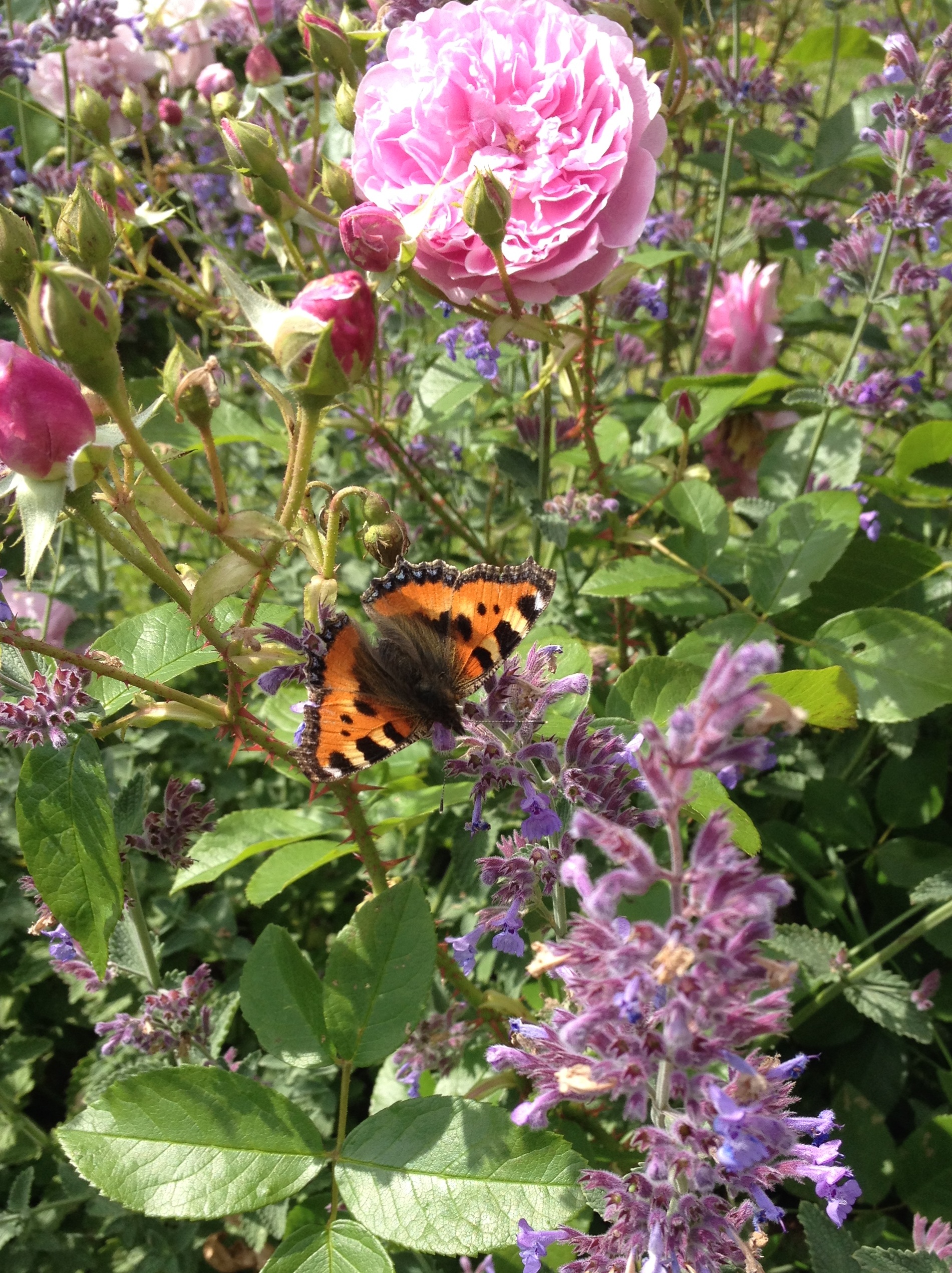
Plant larval food plants: These are the plants that the females lay their eggs on and the caterpillars eat. There are both garden and wild plants in this category. Try to grow some of each to suit the butterflies that come into your garden.
Butterflies may be attracted into our gardens by the nectar plants we grow, but unless we also offer larval food plants, females will be unable to lay their eggs and breed.
Stinging nettles are the larval food plant of the Small Tortoiseshell, Red Admiral, Peacock and Comma butterflies so, if you can, allow a wild patch of garden where nettles can grow. Female butterflies are, however, fussy and will only lay eggs on young tender nettles in a south-facing, sheltered and sunny position.
Plant a mini native hedge of buckthorn, wild plum, holly, hawthorn, blackthorn, guelder rose, spindle and hazel. These plants are all larval food plants for butterflies and moths, and also collectively will provide food and shelter for birds, other insects and mammals.
Bird’s foot trefoil may attract Common Blue butterflies. Large and Small Whites will lay on nasturtiums – and you may be lucky enough to see them pupate on a nearby wall or windowsill and the adult butterflies emerge in summer.
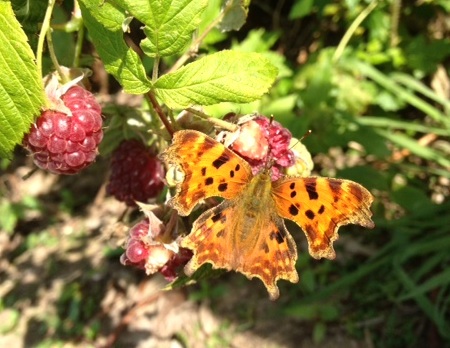
Bees
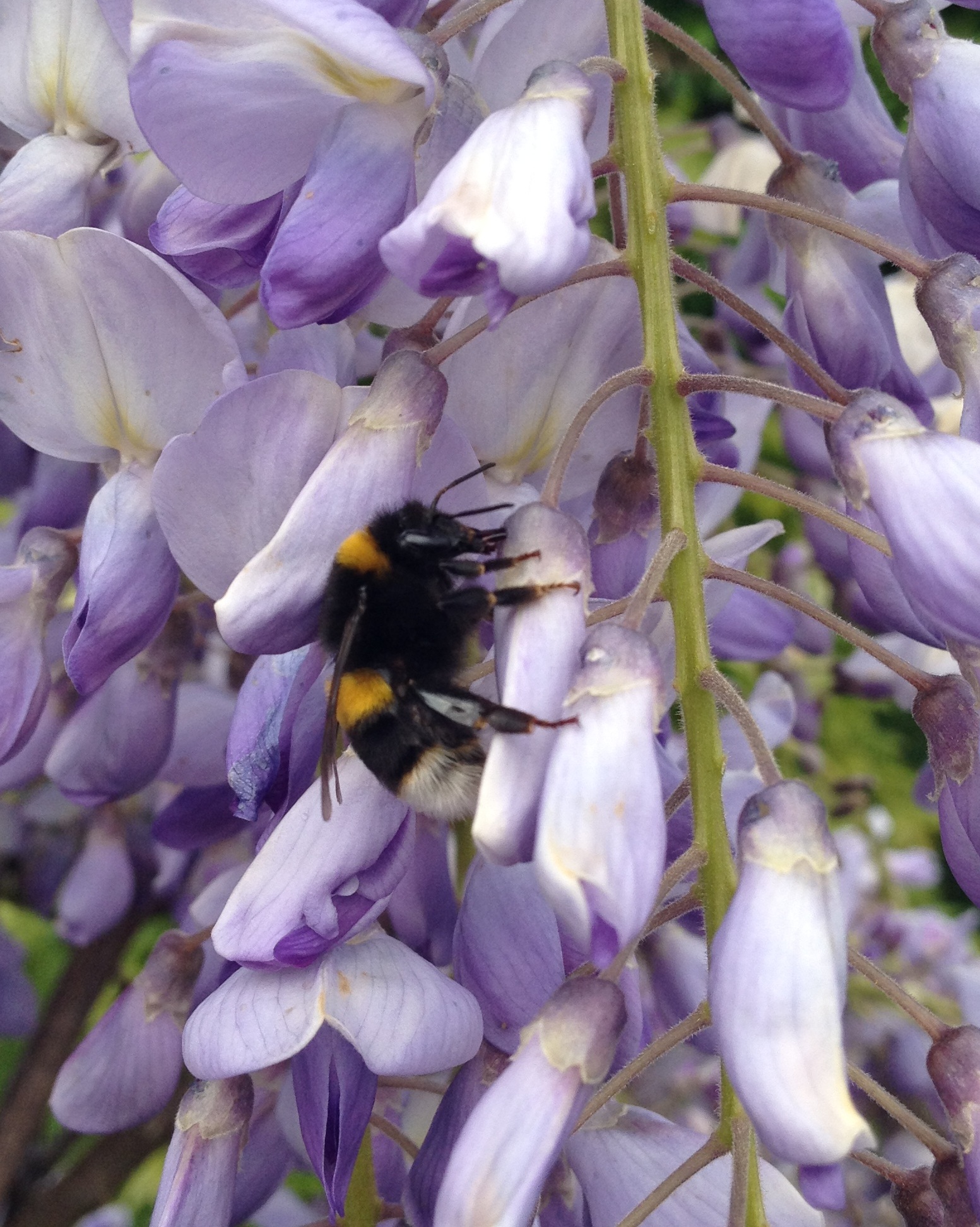
Over the past 50 years, 98 per cent of Britain’s lowland hay meadows have disappeared and this has had a devastating impact on our bee and butterfly populations.
Bees are the best helpers a gardener can have, but bees are in trouble too. The Ruderal bumblebee was once a common sight and now extremely rare. The Short Haired bumblebee was also common in the south of England and became extinct in 1988.
The bumblebee year starts with the emergence of the queens from hibernation as early as February or March on a sunny spring day. They are near starvation when they emerge and are desperate to find food.
How can we help?
Provide food: Plant early nectar flowering plants such as pulmonaria, pussy willow, hellebores and primroses.
Try planting up a bee border. For example, sow a row of borage at the back and then a mass of poached egg plants alternating with lavender and catmint in between. You will be amazed to see it humming with life on a sunny day.
Try planting plenty of late season nectar plants, such as sedums and ivy, to help the queens get into the best physical health as possible before their winter hibernation.
Provide care: If you see a bumblebee crawling along the ground, it is most probably in trouble. It has run out of energy and can no longer fly. Bees have to keep their body temperature at 30 degrees to fly and have a very high metabolic rate. They need to feed constantly to keep warm and only have a flight time of some 40 minutes from being full to running on empty and crashing to the ground. Give the stranded bee a spoon of honey and water mixture to revive it and it should take off again.
Keeping a diary
It adds to the enjoyment of a garden or a walk in the village to notice the changing wildlife and keep a record of events. Whenever possible, make a note of the weather, the highest temperature recorded or even rainfall. Make a note of when and where you saw your first snowdrop and when the first leaves in the hedgerow appear. Record sightings and numbers of bird species at different times. When did you see the first swallow of the year or did you hear a cuckoo? Write down when you saw your first Brimstone or Orange Tip butterfly. Try to take photographs and compare entries year on year.
Some helpful books about gardening for wildlife are:
Charlie Ryrie (2004) Wildlife Gardening in an English Garden (Garden Art Press).
John Tampion and Maureen Tampion (2011) Attracting Butterflies to your Garden (GMC Publications).
Martin Walters (2007) Gardens for Wildlife: Practical Advice on How to Attract Wildlife to your Garden (Aura Books).
E. J. M. Warren (2003) The Country Diary Book of Creating a Butterfly Garden (Bounty Books).
